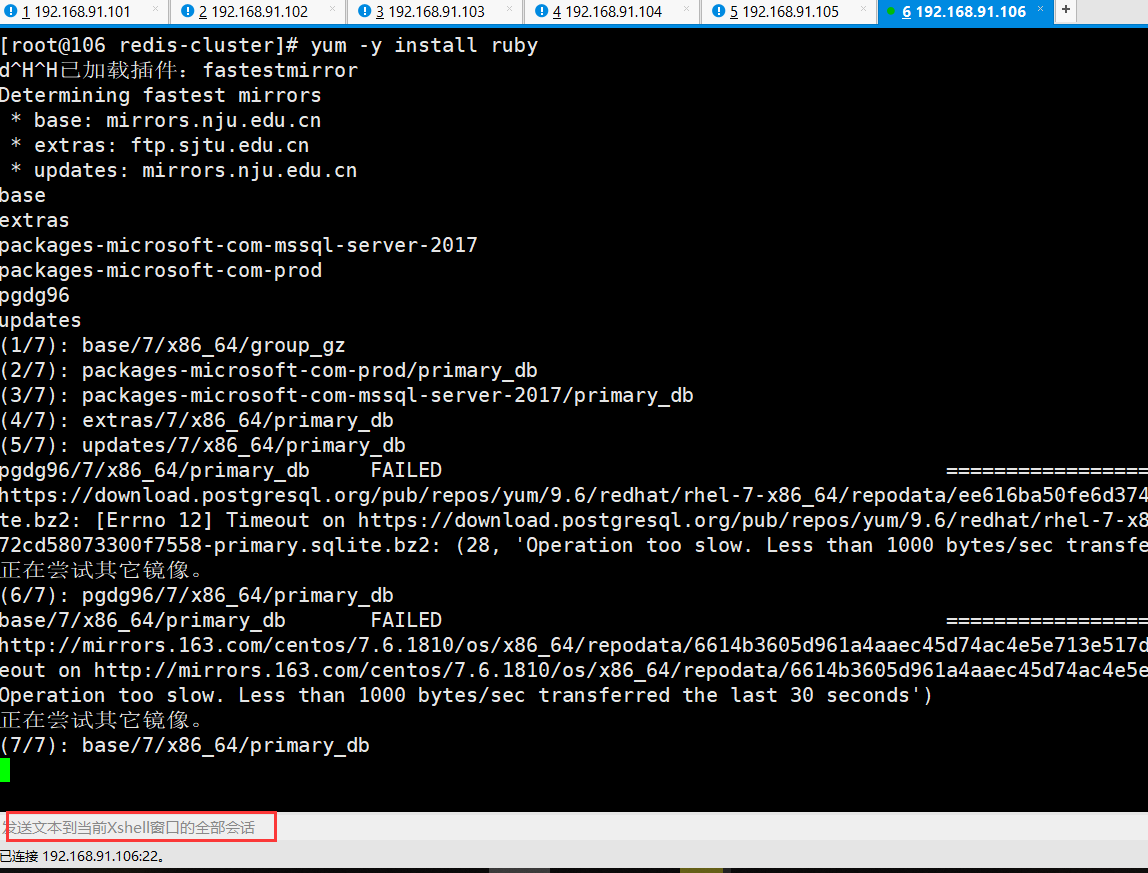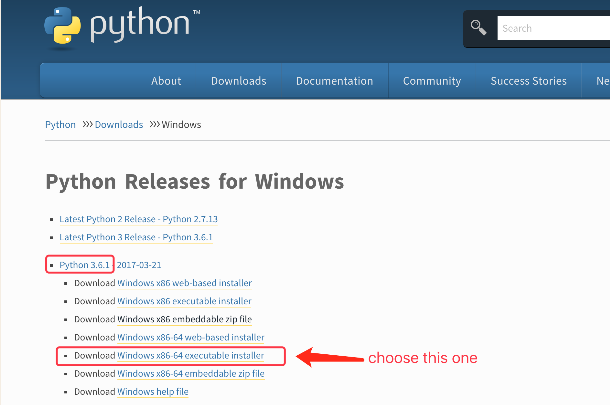我正在阅读
the source code for concurrent-ruby,并遇到了这行ruby代码.
def initialize(*args,&block)
super(&nil) # <--- ???
synchronize { ns_initialize(*args,&block) }
end
有人可以向我解释它应该做什么吗?
解决方法
你必须先了解&这里使用的运算符.参见例如:
# The & here converts a block argument to a proc
def a(&blk)
end
# The & here converts the proc to a block
a(&Proc.new { true })
在proc =>中块情况下,它还能够将一些对象转换为procs,例如:
# The symbol :class gets to_proc called here [1].map(&:class)
符号#to_proc产生如下相同的功能
[1].map(&Proc.new { |x| x.class })
我不确定这个官方文档在哪里(会欢迎一个指针),但是从测试来看似乎& nil实际上并没有将任何块传递给该方法 – 它没有任何效果:
def a
block_given?
end
a {} # => true
a &:puts # => true
a &nil # => false
现在已经解释了,我可以继续说明为什么需要它.
如果省略parens with super,则传递所有参数:
class A
def initialize arg
puts arg && block_given?
end
end
class B < A
def initialize arg
super
end
end
B.new(1) {}
# prints "true" - block and arg were both passed to super
如果您不希望发生这种情况,可以手动将参数传递给super.这有一个问题,我将在以后介绍:
class A
def initialize arg1,arg2=nil
puts arg1 && !arg2
end
end
class B < A
def initialize arg1,arg2=nil
super arg1
end
end
B.new 1,2
# prints "true" - arg1 was passed to super but not arg2
问题是虽然您可以阻止传递位置和关键字args,但这种方法不会阻止传递块:
class A
def initialize arg1
puts arg1 && block_given?
end
end
class B < A
def initialize arg1
super arg1
end
end
B.new(1) { }
# prints "true" - arg and block were both passed
无论出于何种原因,重要的是它不会发生,所以他们使用了我以前从未见过的成语,但似乎完成了工作:& nil.它本质上是在说“不作为一个块”.我想如果你不这样做,那么块会自动转发.


